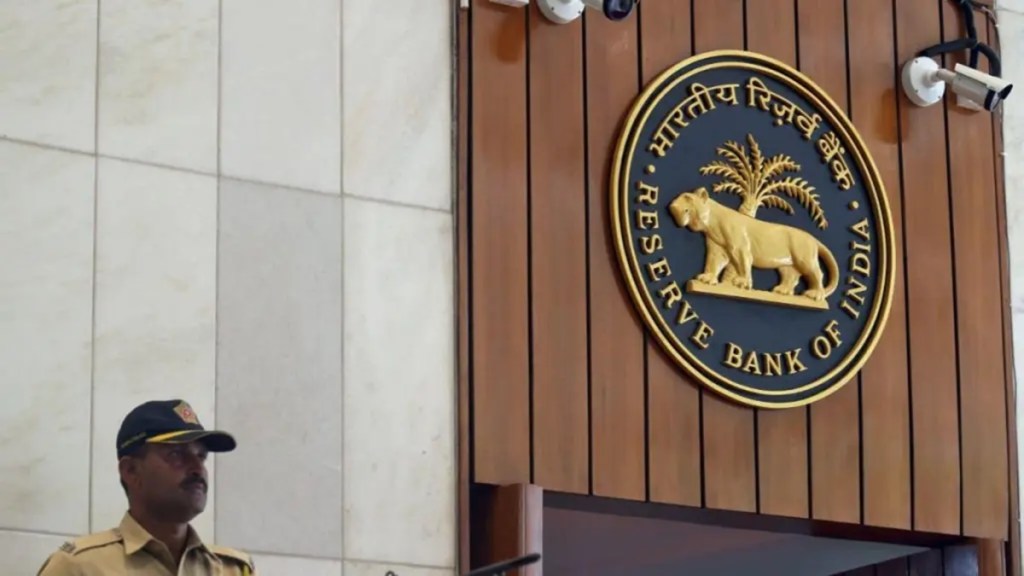The overnight money market rates rose above the repo rate on Tuesday as a result of RBI’s consistent variable rate reversal repo auctions and tax outflows, said market participants. The weighed average call rate ended at 5.62% compared to the close of 5.48% on Monday and the tri-party repo rate closed at 5.69%, up from the previous close of 5.51%.
“System surplus has decreased due to tax outflows and around Rs 2 lakh crore is locked in VRRR, causing some pressure in the market today,” said a dealer with a state-owned bank. He added that banks borrowed from call and TREPs to manage tax outflows. The system liquidity declined to Rs 2.40 lakh crore on Monday from Rs 3.04 lakh crore on July 20 and from its high of Rs 4.25 lakh crore on July 4.
Call rate, policy rate
The RBI has been conducting VRRR auctions since June-end to align the call rate with the repo rate. In a recent interview with a news channel, RBI Governor Sanjay Malhotra said the central bank wants to align the call rate to align with the repo rate and that the VRRR has helped. “Our effort will be to maintain it (call rate) as close as possible to the policy rate, which should also help us in the transmission,” the governor said. The call rate, the operating target of monetary policy, were trading at the lower end of Liquidity Adjustment Facility earlier due to massive liquidity surplus in the system and weak credit off-take.
“Banks parked higher amounts at VRRR auction, expecting to manage tax outflows from overnight market at a cheaper rate. When some banks parked their excess fund, other parked more than the excess amount to take the advantage of arbitrage. This pushed rates higher, though system has comfortable liquidity surplus,” said V R C Reddy, head of treasury, Karur Vysya Bank.
Outlook
RBI’s previous seven-day auction for Rs 2 lakh crore received a good response with a subscription of Rs 2.08 lakh crore. The Reserve Bank of India (RBI) accepted a sum of Rs 2 lakh crore from banks at a cut-off rate of 5.49%.
Market participants said that there will be some pressure till the maturity of existing VRRR and expect it come down afterwards. “I expect rates will get adjusted in the next 2-3 days and the average TREPS rate hover between Standing Deposit Facility rate (5.25%) and repo rate (5.50%),” said Reddy.
Some market participants are of the view that RBI may come out with another VRRR operation this week with a less amount. However, the participation will likely to be subdued, they said.
Bloomberg reported on Tuesday that Indian bond traders plan to approach the RBI to get a clarity on the comfortable level of surplus liquidity in the banking system and the level of overnight rates that the central bank would be looking at.

